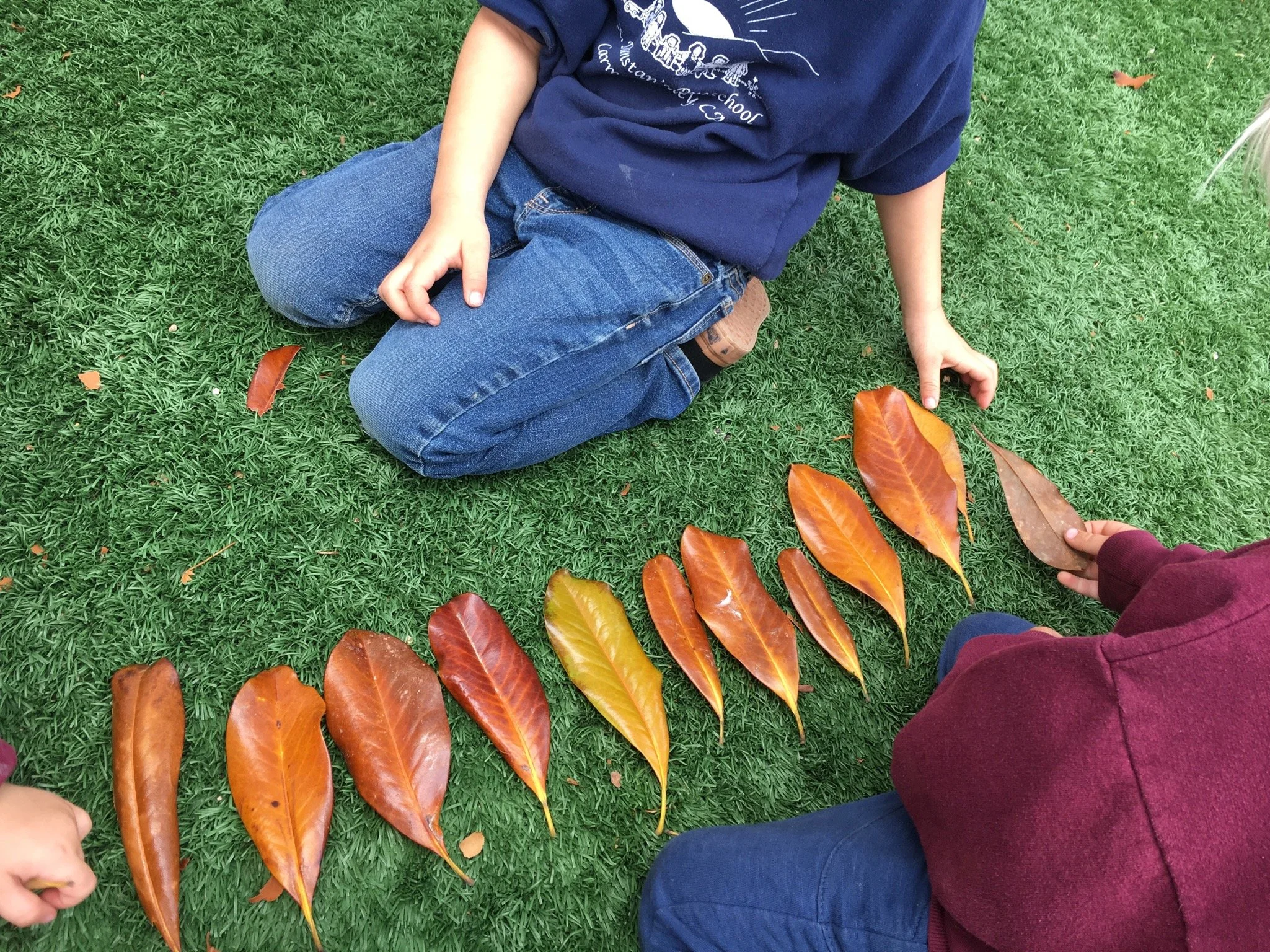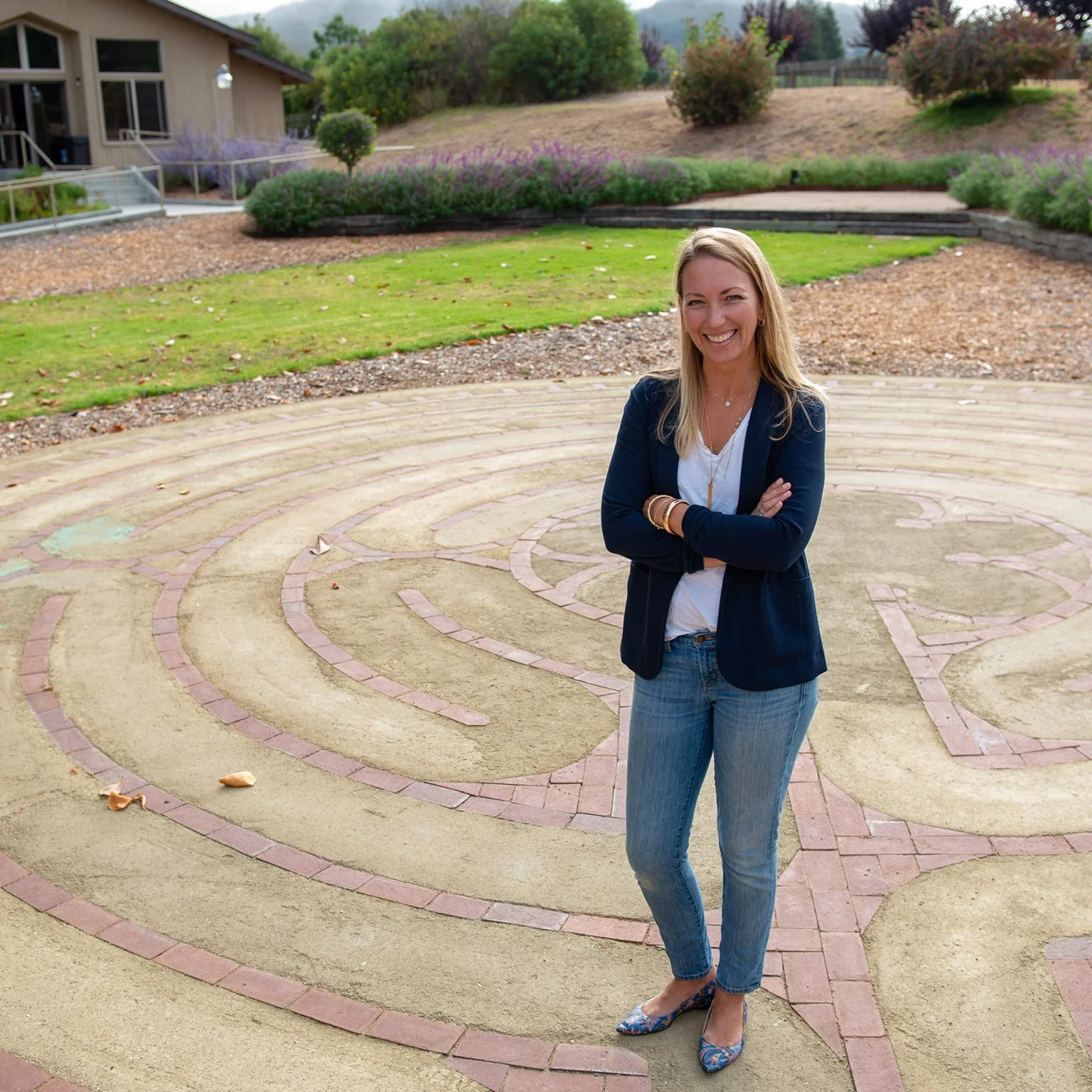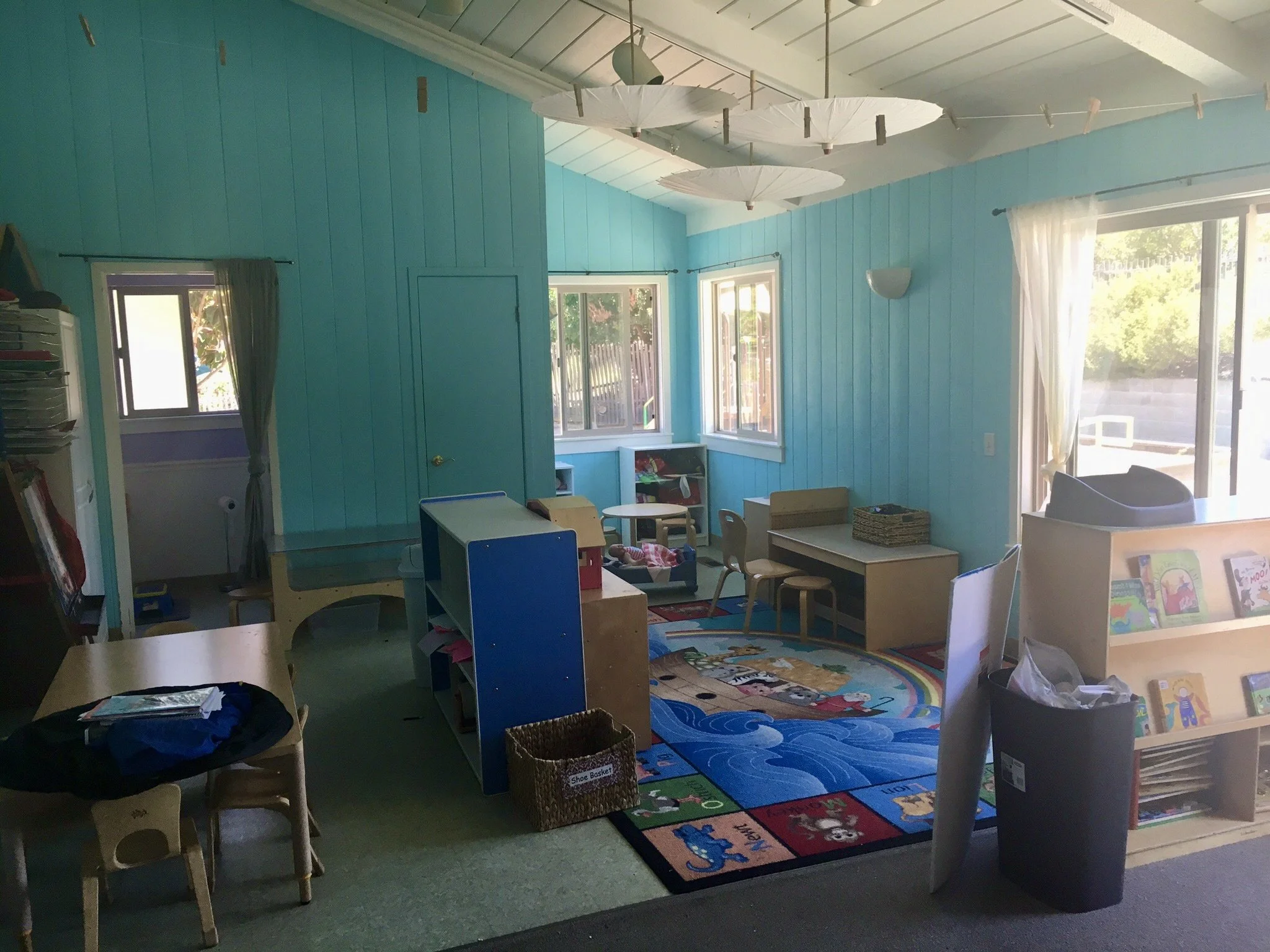
OUR HISTORY
“The children of today will make all the discoveries of tomorrow... The future generation must not only know how to do what we can teach them, they must be able to go a step further.”
Transformation to a Montessori environment
After 12 years of teaching at an AMI Primary Montessori School in the Upper East Side of Manhattan, Lauren Leonoff returned home to Carmel Valley in 2017 to help transition St. Dunstan's from a traditional preschool to a Montessori School. During that first year, she transformed a classroom for 10 two-year-olds into a Montessori environment, teaching in the mornings and co-directing with our founder, Elizabeth Buche, in the afternoons. Parents were able to see the distinct physical differences between the Montessori and traditional classroom setups and observe how the Montessori approach supported their child's independence. Lauren also had the opportunity to discuss the benefits of Montessori education with them, which supported the transition of the school.
Upgrading the building and expanding the school
Before
After (first Montessori Classroom 2017; currently our Staff Room)
The following summer, we removed unnecessary items, repainted walls from vibrant colors to more muted tones for a calming atmosphere, and reconfigured classroom layouts. Grateful for the efforts of previous fundraisers, we purchased new furniture and Montessori materials to furnish two Montessori classrooms. Lauren hired an AMI-trained teacher and an assistant who had prior Montessori experience to work together in one of the new Primary classrooms. During the 2018-2019 school year, Lauren also taught in the second Primary classroom with an assistant, serving 15 three-to-six-year-olds. In 2019, recognizing the need to focus on the school's broader vision, she hired another AMI-trained teacher to join the team in the Primary classroom, allowing her to work in the office and concentrate on the school's overall direction.
The COVID-19 Pandemic
When March 2020 arrived, Lauren made the difficult decision to close the school, like many, expecting it to be for only a few weeks. After countless emails regarding anticipated reopening dates, we reopened in September 2020. The first Primary classroom reopened with 12 students and two teachers, ensuring we maintained the proper ratio even if a teacher was out sick. Two weeks later, our youngest Pre-Primary class opened with 12 students and two teachers. Two weeks after that, Lauren opened and taught the second Primary class for 10 students from 9 AM to 1 PM, which allowed her to offer a 30-minute Zoom class to students still at home while dedicating her afternoons to office work. As an Early Childhood School, SDMS was not eligible for State funding or resources, so our decisions were based on advice from trusted medical colleagues and focused on the well-being of everyone. Teachers alternated weekly visits to Seaside High School for COVID-19 testing to help keep the virus at bay. Thankfully, we had limited spreading of the virus and our school was able to remain open.
As we emerged from the collective trauma of the pandemic, some forced changes became silver linings as we adapted to a new way of operating. We had the opportunity to expand a classroom, and no longer offering an infant program allowed us to create a dedicated nap room. What was once a classroom is now a staff room, providing our teachers with a space for their physical and mental well-being. Like anything in life, challenges often present opportunities for growth.
Continual improvement
Since 2017, we have made several significant improvements to our facilities. We've added two bathrooms to our Primary classrooms, updated our Pre-Primary bathroom for better visibility and accessibility for our youngest students, and replaced the carpet throughout the school with laminate flooring. We've also added a school library with locally sourced updated books, created outdoor access to a bathroom from the playground, built two pergolas for shade in the yards, added windows to our interior doors for improved visibility, incorporated pocket doors in two rooms, and expanded our lower yard play area and fence line.
Our school continues to evolve based on observation and our commitment to meeting the needs of the children in our care. We are always adapting the environment to best serve the children, whether by increasing their play area, expanding our gardening curriculum, integrating more occupational therapy techniques, connecting with the Church for additional outreach opportunities, or making things more accessible for the children’s independence. We constantly observe to identify unmet needs and determine how best to support them. Additionally, meeting the needs of our teachers deeply impacts the children's experiences, so ensuring adequate staff for breaks, dedicated time for teachers to connect, and various self-care opportunities are a priority for our staff's well-being. We look forward to continuing to be inspired by the children as they guide our vision for the future of St. Dunstan’s Montessori School.





